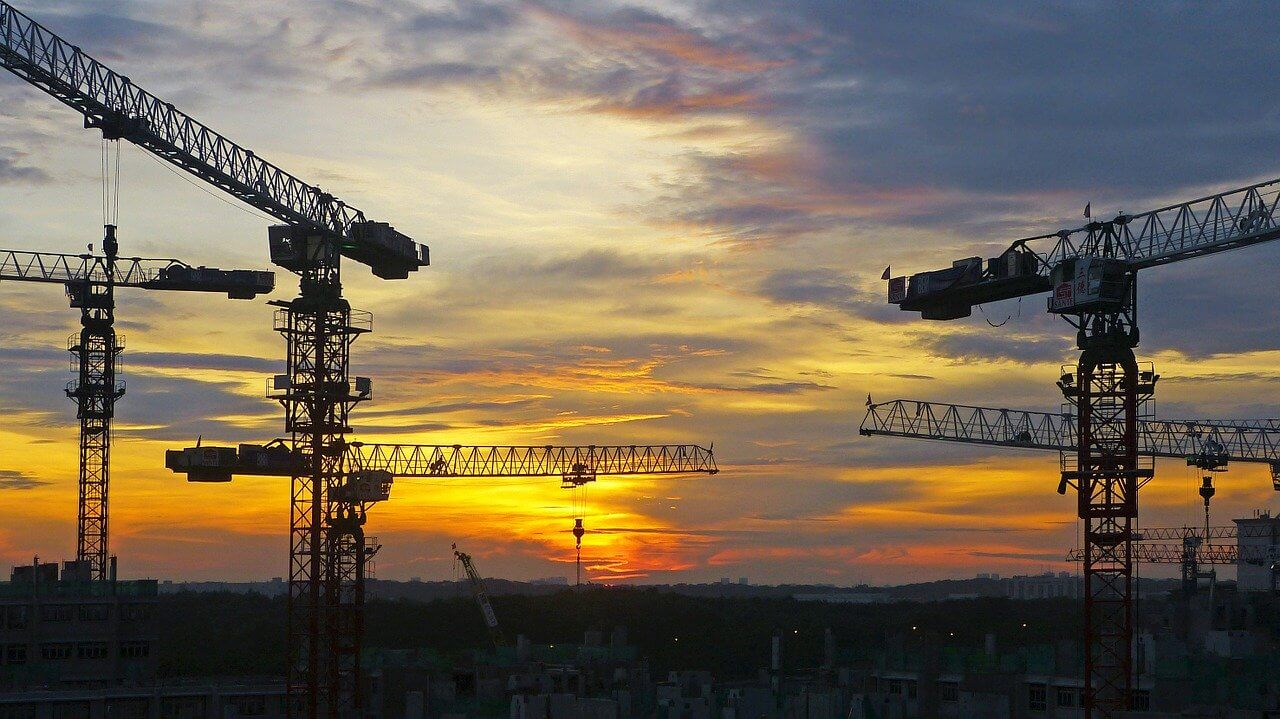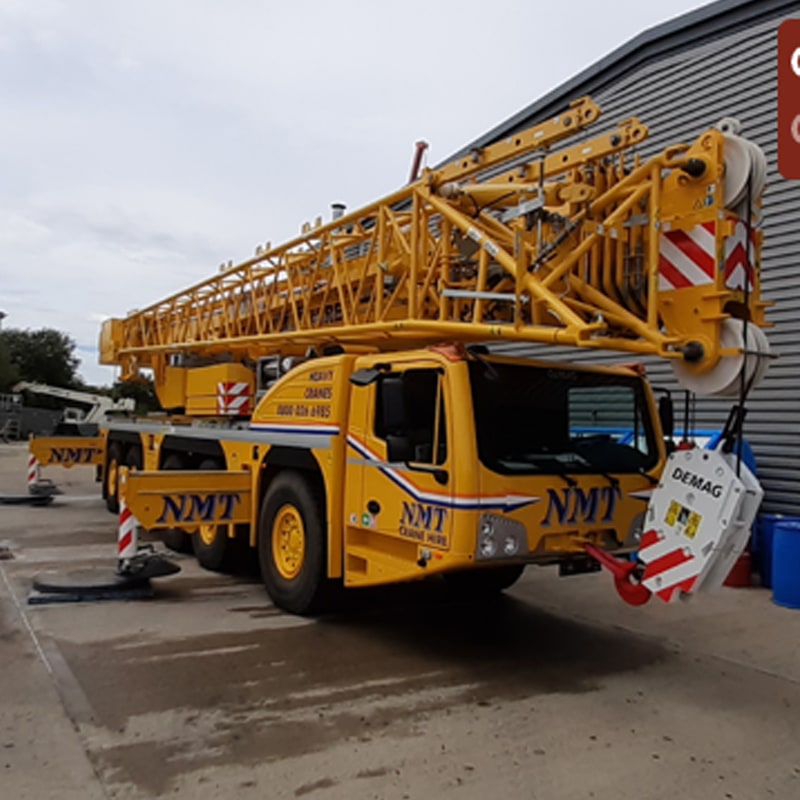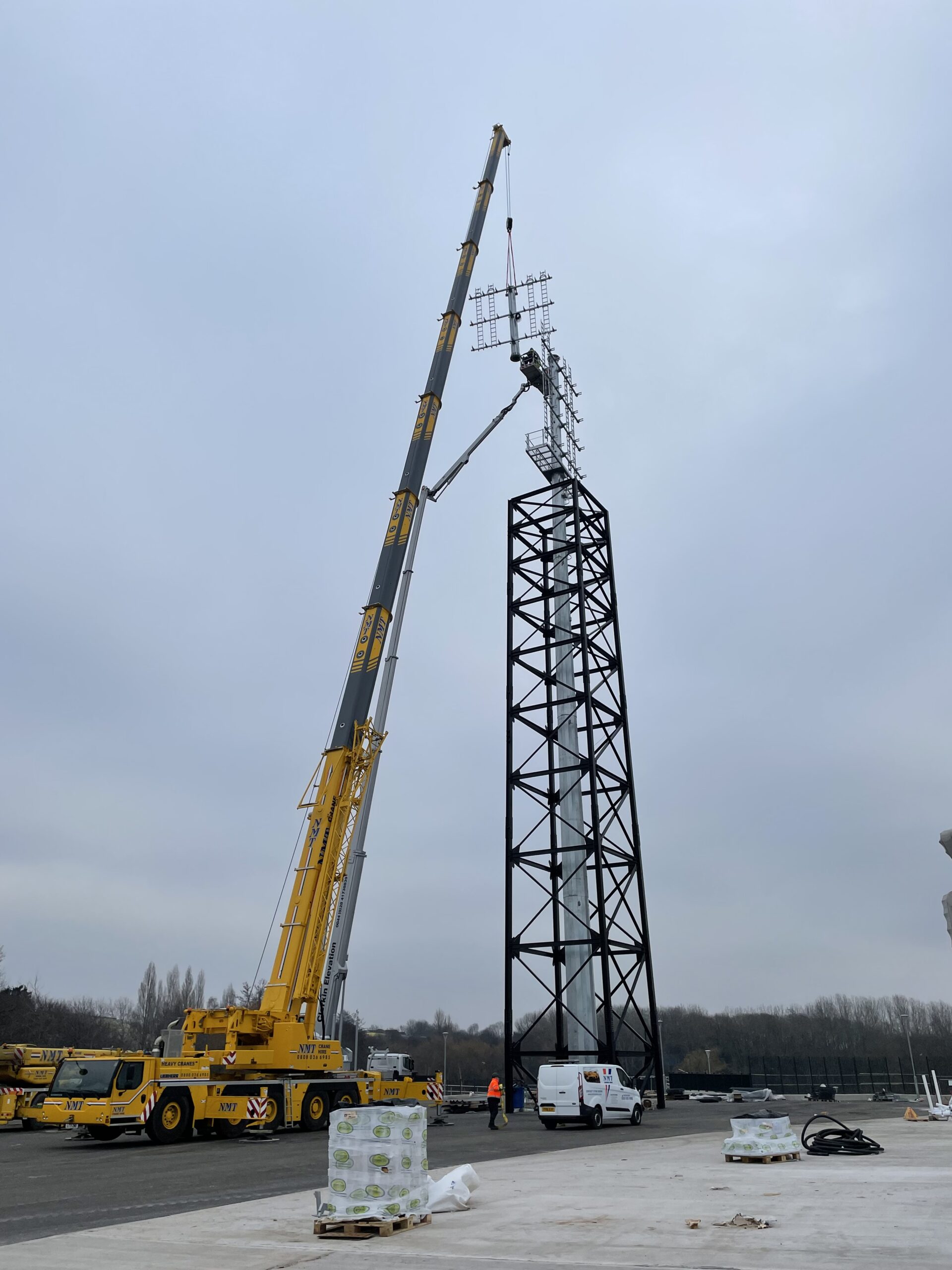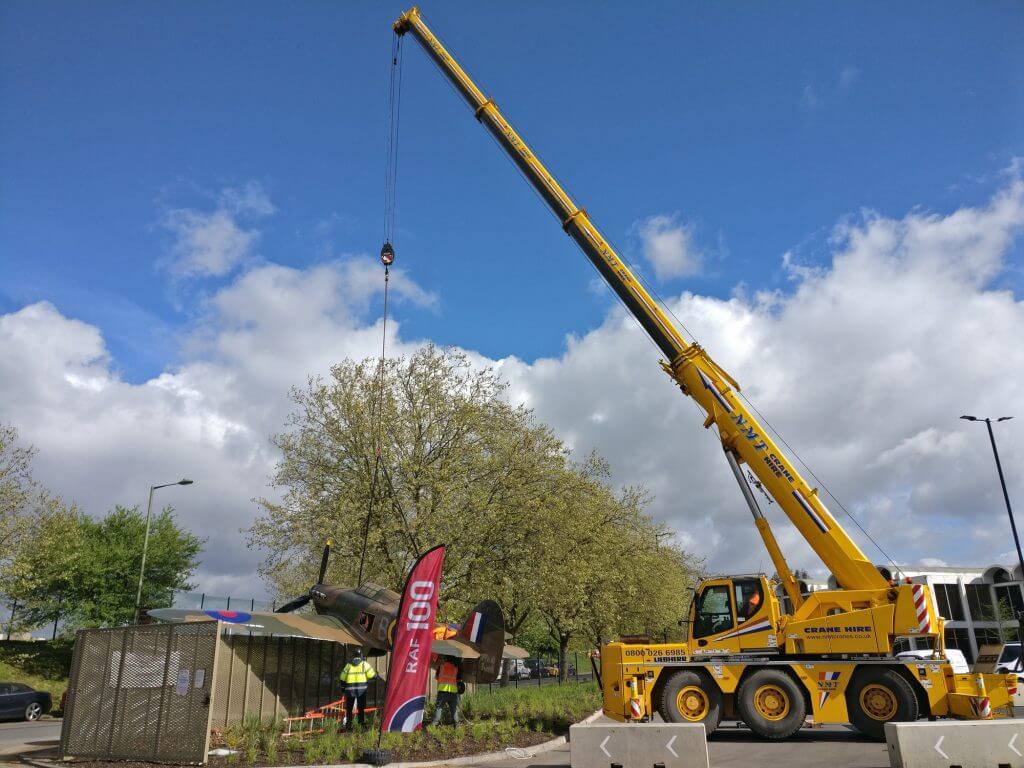To the untrained eye, one crane may look just like another. They're tall, made of metal, and often brightly coloured.
But there are actually many different types of crane with various different benefits and uses. Primarily used in construction, these different types of crane can facilitate a wide range of projects; getting your choice of crane right as a construction project manager is vital, as it could prove a deciding factor in the overall process.
We've put together this guide to take you through these different crane types, explaning their advantages and suggesting which situations they might be most useful in.
Tower Cranes
If you were to ask a child to draw a crane, the tower crane would be the end result.
Tower cranes are the most well known type of crane, and easily the most visible. These lanky pieces of machinery decorate our skylines across the UK and much of the globe, so it's no surprise that it's where most people's minds go initially.
With a counterbalance to the rear of the jib, these types of crane are most commonly used in the construction of buildings and skyscrapers. Some can stand higher than 250ft and boast a lifting capacity of up to 20 tonnes, making them perfect for the big jobs.
During construction porjects, these cranes are typically fixed to the ground with a concrete base and huge bolts to keep them from moving – given the scale of operations these cranes are typically involved in, that's just as well.


Mobile and Vehicle-Mounted Cranes
Putting a crane onto wheels seems like a simple and straightforward idea, but this move has allowed construction companies to tackle the most difficult terrains. For years, cranes had been permanent fixtures on building sites, lying rigid and structured on a construction site. But once the mobile crane was developed, new scope was given to architects and planners to allow them to build and expand into areas which would otherwise be difficult to reach.
Moving cranes around without a vehicle would be impossible, and with mobile (also referred to as vehicle-mounted) cranes it's possible to move construction projects around the country far more quickly. As cranes often required to move, and are never permanently in the same place, it makes complete sense that adding further flexibility and manoeuvrability would be a huge advantage.
NMT Crane Hire have an abundance of mobile cranes in their arsenal, ranging from small 70 tonne cranes to our largest crane, the 700 all terrain crane.
Harbour Crane
Shipping and trading constitutes one of the largest industries in the world. To accommodate the sheer size of the sector, a crane of a similar stature is needed. Often referred to as container cranes, these machines operate on a rail system – a device that allows the cranes to move along tracks to seek the appropriate container.
Unsurprisingly, these behemoths can easily lift two 20-foot containers at once, making the task of processing thousands of containers a day a little less arduous.


Crawler Cranes
A crawler crane, while still a heavy-duty machine, offers great versatility for anyone needing to lift and move heavy materials. It features a set of tracks, or crawlers, instead of wheels, providing stability and mobility on uneven terrain.
This type of crane is preferred for projects requiring significant lifting capacity or when access to the site is limited. Its main advantages lie in its ability to manoeuvre on rough ground, distribute weight evenly, and lift heavy loads to considerable heights. Crawler cranes excel in projects like bridge construction, building skyscrapers, or handling materials in areas with restricted access.
Whatever the nature of your project, we're confident here at NMT that we've got a solution for you.
Get in touch with us today for a no-obligation initial chat, and we'll work with you to establish which of our products you'd benefit from the most.
Call us on 0800 026 6985 or fill out one of our online contact forms. We look forward to hearing from you.
